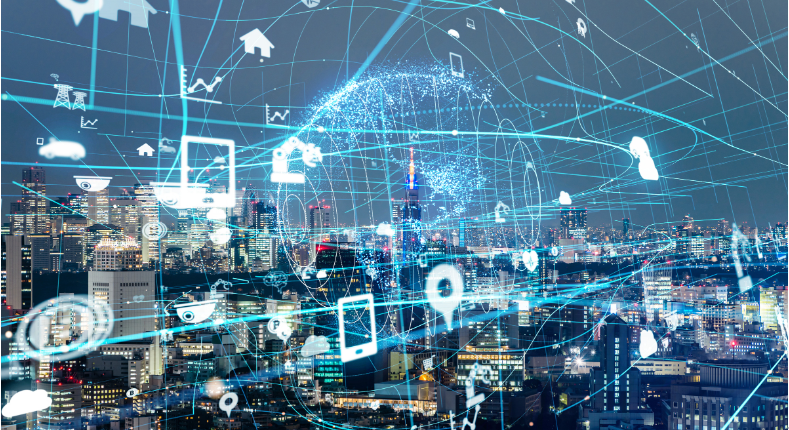Introduction:
In an era marked by rapid technological advancements, the term “ligarmos” has emerged as a buzzword that encapsulates the essence of interconnected technologies. The fusion of “ligar” (to connect in Portuguese) and “amos” (we connect) signifies a collective effort towards creating a seamless and integrated digital landscape. In this article, we will delve into the various facets of ligarmos, exploring its origins, applications, and the potential it holds for shaping the future.
Understanding Ligarmos:
Ligarmos goes beyond mere connectivity; it represents a paradigm shift in the way we perceive and interact with technology. At its core, ligarmos is about fostering synergies among diverse technologies, devices, and systems, creating an ecosystem where seamless communication and collaboration are paramount.
Origins of Ligarmos:
The concept of ligarmos has its roots in the ever-expanding Internet of Things (IoT) landscape. As more devices become connected, there arises a need for a unifying framework that can facilitate smooth communication and interoperability. Ligarmos, in this context, serves as the linchpin that binds these disparate elements into a cohesive whole.
Key Components of Ligarmos:
- Interoperability: Ligarmos hinges on the idea of interoperability, where different devices and systems can communicate and work together seamlessly. This requires the development of standardized protocols and communication interfaces to ensure that various technologies can understand and respond to each other’s signals.
- Artificial Intelligence (AI): AI plays a pivotal role in ligarmos by enabling devices to learn, adapt, and make intelligent decisions. Through machine learning algorithms, ligarmos empowers devices to analyze data, understand user behavior, and optimize their performance over time.
- 5G Connectivity: The advent of 5G networks is a game-changer for ligarmos. The high-speed, low-latency connectivity offered by 5G enhances the real-time communication between devices, paving the way for applications that demand instant responsiveness, such as autonomous vehicles and smart cities.
Applications of Ligarmos:
- Smart Homes: Ligarmos is revolutionizing the concept of smart homes by seamlessly integrating various devices like smart thermostats, lights, security cameras, and appliances. A ligarmos-enabled smart home adapts to user preferences, enhances energy efficiency, and ensures a secure living environment.
- Healthcare: In the healthcare sector, ligarmos facilitates the creation of connected medical devices and systems. From remote patient monitoring to smart medical implants, ligarmos ensures that healthcare professionals have real-time access to critical patient data, leading to more personalized and effective treatments.
- Industrial IoT: Ligarmos is transforming industrial processes by connecting machines, sensors, and control systems. This interconnected network, often referred to as the Industrial Internet of Things (IIoT), enhances efficiency, reduces downtime through predictive maintenance, and improves overall productivity.
- Transportation: Ligarmos plays a crucial role in the evolution of smart transportation. Connected vehicles can communicate with each other to optimize traffic flow, enhance safety through collision avoidance systems, and provide real-time navigation updates.
Challenges and Considerations:
While ligarmos holds immense promise, it also poses challenges that must be addressed for its widespread adoption. Privacy and security concerns, standardization issues, and the potential for increased cyber threats are among the key considerations that need careful attention.
- Security: As ligarmos involves the exchange of vast amounts of data between devices, ensuring robust security measures is paramount. Encryption, authentication protocols, and regular security updates are essential to safeguard against cyber threats.
- Privacy: The interconnected nature of ligarmos raises concerns about the privacy of personal data. Striking a balance between the convenience offered by ligarmos and protecting user privacy requires thoughtful design and regulatory frameworks.
- Standardization: The absence of standardized protocols can hinder the seamless integration of diverse technologies within the ligarmos framework. Industry-wide collaboration and the development of open standards are crucial to overcoming this challenge.
Conclusion:
In conclusion, ligarmos represents a significant leap towards a future where technology seamlessly integrates into every aspect of our lives. From smart homes to connected industries and intelligent transportation, ligarmos is redefining the possibilities of an interconnected world. However, as we embrace this transformative concept, it is essential to address the challenges it presents, ensuring that ligarmos evolves into a force for positive change, enhancing efficiency, convenience, and overall well-being.
